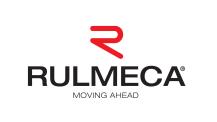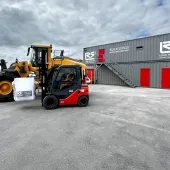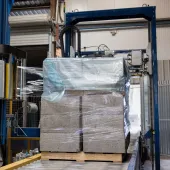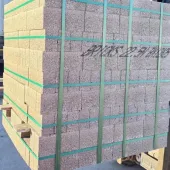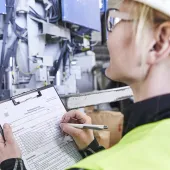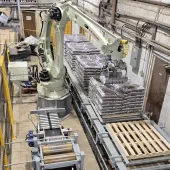Paper sacks go from strength to strength
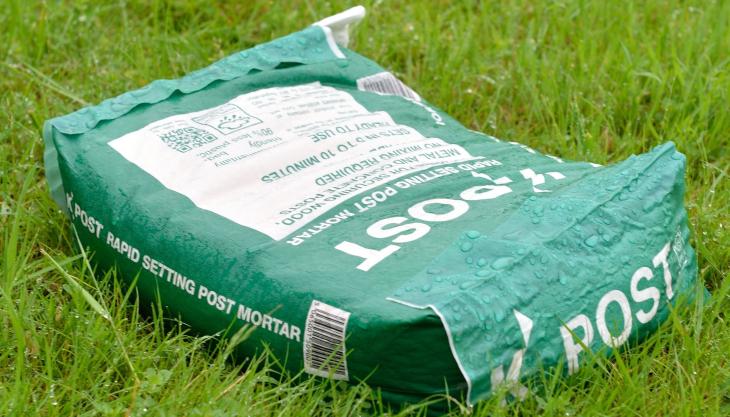
EUROSAC and CEPI Eurokraft celebrate combined 160 years of innovation and growth
THIS year the European sack kraft paper and paper sack industry celebrates a combined 160 years of innovation. CEPI Eurokraft, formerly named Scankraft, was formed 90 years ago, whilst EUROSAC was founded 70 years ago. Since then, the industry has not only grown in terms of numbers and areas of activity but has also improved and accelerated the production of sack kraft paper and paper sacks, and enhanced product as well as environmental protection.
In 1932, Scankraft was formed to represent the Scandinavian kraft paper manufacturers. The main purpose was to achieve price stability in a time when prices had declined sharply. Twenty years later, the European federation of multi-wall paper sack manufacturers, EUROSAC, was founded by manufacturers from Germany, Belgium, France, and the Netherlands to provide a secure basis for the future of the industry. ‘Only 10 years later, our members’ production topped that of the US and Canada by 30%,’ said Catherine Plitzko-Kerninon, general delegate of EUROSAC.
In the same year, Scankraft was able to increase the volume of produced kraft paper from 150,000 tonnes in 1932 to 1 million tonnes in 1962. Today, EUROSAC represents over 75% of European paper sack manufacturers. Its members operate in 20 different countries and produce more than 5 billion paper sacks each year. CEPI Eurokraft now has nine member companies representing a volume of 3 million tonnes of paper produced.
A special year for both organizations was 1993, when they joined forces for their environmental strategy, research, communication, and political activities. This was the starting point for many valuable studies, guidelines, and communication materials for the industry.
A long record of modernization efforts in its mills, production sites, and of saving resources has led to major improvements of its energy efficiency and environmental footprint. The most recent report shows a reduction of 28% of the fossil carbon footprint per paper sack between 2007 and 2018. With 77% of all energy needs generated on site and a share of renewable energy sources of 89%, the way to energy self-sufficiency is prepared. ‘Our target is to develop 100% natural packaging solutions that meet the requirements of modern packaging, conserve natural resources, and protect the environment for future generations,’ said Ms Plitzko-Kerninon.
In the 19th century, the first industrial paper sacks were produced. An impressive evolution happened since then, with the continuous improvement of fibre processing technology and process control on the paper machines resulting in significantly enhanced mechanical properties of sack papers. Between 1994 and 2014, paper strength was increased by 45%, thanks to which specific paper consumption decreased from 253g per sack in 1969 to 127g per sack in 2011, resulting in considerable reductions in costs and saving of natural resources. Today, a paper sack for building materials weighs only about 90g.
In the 1960s, the combination of paper with plastic gained ground to enhance protection such as from water vapour and oxygen. This development cleared the way for water-repellent paper sacks that entered the market in 2015. Around 2010, the industry started to replace plastic with bio-barriers, made from corn or cellulose for example, to offer environmentally friendly paper sacks with highly protective functions. Another innovation driver was to provide easier and more ergonomic handling of paper sacks. This development started in the late 1970s by adding handles to the sacks. Around 1980, bleaching technologies turned the brown sack paper white and opened new advertising possibilities. Since 2000, other convenience features have become popular, such as easy opening, pouring, and reclosing systems.
In the 1950s, the growing number of filling goods required the development of different sack constructions and new, faster machinery. The Bottomer AD 2360 from 1968, a folding and pasting machine for multi-wall paper valve sacks, became the workhorse of the paper sack industry worldwide. In 1982, the first partly electronically controlled machines accelerated production speeds.
As automation proceeded further, such as with digital glue application and automated roll changes, the output of paper sack machines evolved from 160 sacks per minute in 1975 to 400 sacks per minute today. Packing machinery evolved similarly. The rotating filling machine ROTO-PACKER reached the market in 1960 when cement demand grew worldwide and with it the need for packing systems with higher production rates. It reached filling speeds of 900 sacks per hour.
Efficiency was further enhanced with a breakthrough in automation in 1975 via the first bag applicator for rotating machines. Step by step, the system was supplemented with automatic weight checking, sealing technology, self-optimizing aeration adjustments, and just recently remote digital control over the whole filling process. Today, the most advanced packaging line reaches filling speeds of up to 6,000 sacks per hour.
‘The industry continues its efforts to constantly innovate and improve the efficiency of machines, materials, and sack solutions,’ explained Ms Plitzko-Kerninon. ‘Our sector has set itself the goal to further work towards sustainability and the protection of the planet. The paper sack and sack kraft paper industry has presented successful results in the past – and we have set ourselves the goal to do even better in the future.’


